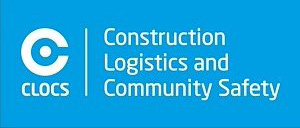OnSite Support mental health awareness within the construction industry
February 2017
UK construction industry launches suicide awareness initiative
- U.K.-based construction companies have launched a mental health awareness campaign aimed at preventing suicides among construction workers, according to Construction Enquirer.
- Balfour Beatty, Careys and Willmott Dixon are among the first firms to back the Mates in Mind program, and organizer Health in Construction Leadership Group intends to reach out to at least 100,000 industry workers this year — and 75% of the British construction workforce by 2025 — in an effort to promote positive mental health.
- The group estimated that U.K. construction workers are 10 times more likely to die from suicide than from a job site accident. One in six workers, reported the Centre for Mental Health, face at least one mental health issue, resulting in 91 million lost work days annually.
The program, which facilitates employer support and allows them to share information with each other, is backed by more than 300 construction industry leaders and several mental health groups.
The issue of mental illness and suicide has also impacted the U.S. construction industry, with employers and groups amplifying their efforts to get a hold on the problem after a bombshell July 2016 report from the Centers for Disease Control and Prevention found that construction workers had the second-highest suicide rate of all industries. In fact, construction workers committed suicide at four times the national rate in 2012.
The CDC report said the rate was so high in part due to the fact that many construction workers were hesitant to seek help for mental health issues for fear of others finding out, a potentially deadly drawback to working within the “macho” culture of the industry. In addition, a significant portion of the construction workforce is made up of the highest risk group for suicide — white, male shift workers with a high incidence of substance abuse and a tendency toward other risky behaviors.
From source click here













